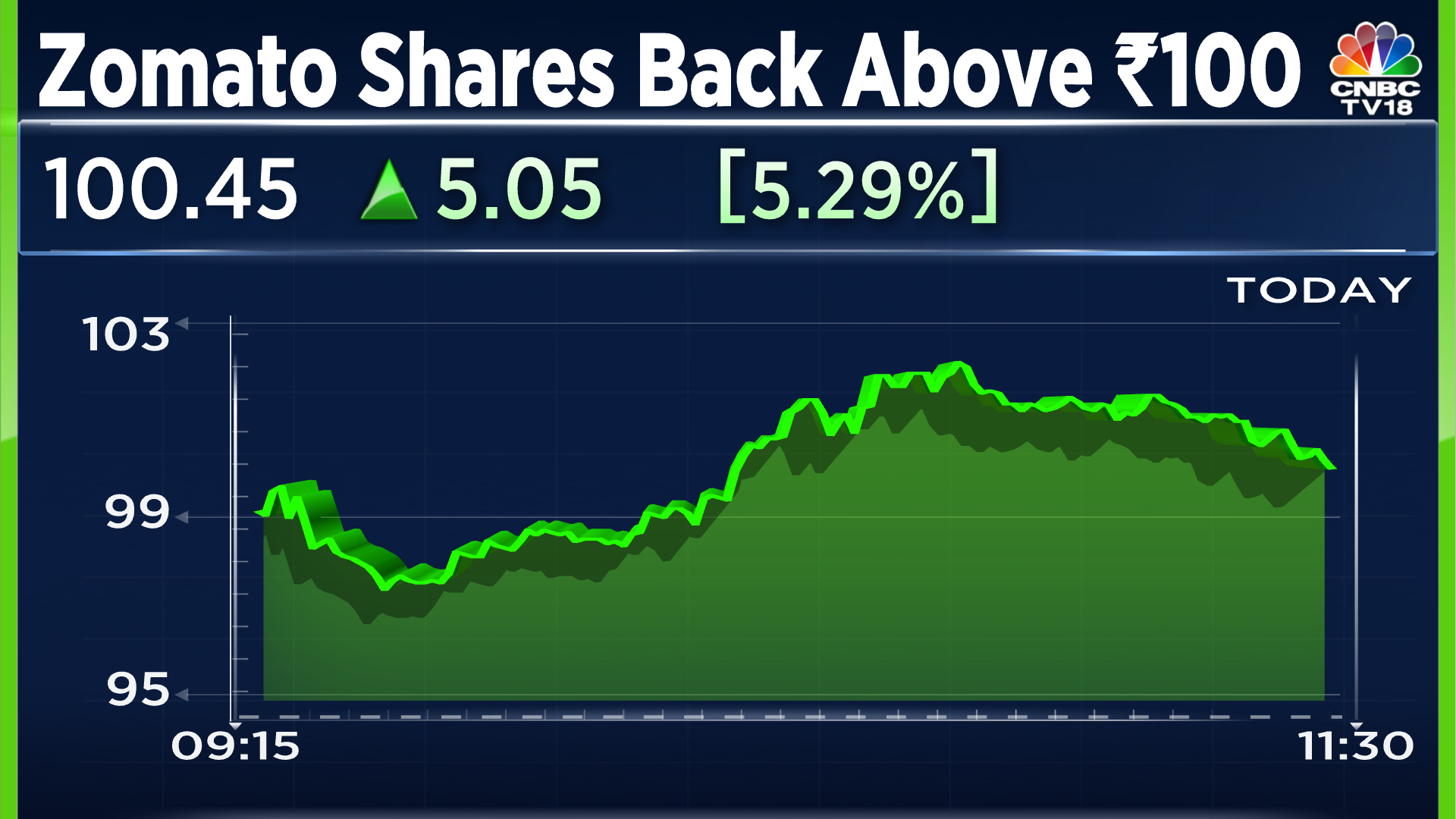Last Updated on May 2, 2025 by Caesar

The quick commerce and food delivery in India has grown rapidly in the past few years and is witnessing intense competition. Zomato and Swiggy dominate this space, but their valuations and financial performances raise questions about whether they are undervalued or overhyped. Investors are closely watching revenue growth, profitability, and market share to assess which company holds a stronger long-term position.
Zomato’s Financial Performance
Zomato reported a revenue of ₹5,405 crore in Q3 FY25, reflecting a 64% YoY growth from ₹3,288 crore in the same quarter last year. However, net profit declined by 57% to ₹59 crore, down from ₹138 crore. This decline suggests that despite higher revenue, cost pressures, and increased competition are affecting profitability.
Zomato’s Gross Order Value (GOV) for food delivery stood at ₹9,913 crore in Q3 FY25, from 9,690 in Q2 FY25 showing a 17% YoY growth. This is lower than its expected 20%+ growth rate, indicating a slowdown.
Additionally, Zomato’s advertising revenue grew 75% YoY, contributing to overall earnings. However, higher discounts and operational costs remain a challenge.
Quick Commerce & Blinkit’s Role
Zomato’s quick commerce segment, Blinkit, is expanding resolutely. The company’s revenue increased 117%, from Rs 644 crore in Q3FY24 to Rs 1,399 crore in Q3FY25. However, due to operational costs, Blinkit’s losses widened to ₹103 crore, up from ₹89 crore.
While Blinkit’s order volume surged, the company faced stiff competition from Swiggy Instamart and Zepto. The quick commerce industry is projected to cross ₹45,000 crore in sales by FY26, making it a key growth driver for Zomato.
Zomato is also expanding its dark store network to reduce delivery times, improve margins, and stay ahead of its competition.
Swiggy’s Market Performance
Swiggy’s recent IPO saw a 15.12% jump in share price, valuing it at ₹89,549 crore. The market responded positively to its quick commerce strategy and revenue potential.
Despite this, Swiggy reported a ₹799 crore loss in Q3 FY25, a widening from ₹574 crore the previous year. This raises concerns over whether the company’s valuation is justified.
Swiggy’s food delivery GOV grew only 19.2% YoY, lagging behind Zomato. However, Instamart’s quick commerce average order value increased by 14% YoY, driving revenue gains. Swiggy’s bet on rapid grocery delivery is positioning it as a strong contender against Blinkit.
Additionally, Swiggy has cut marketing expenses to improve margins, but rising customer acquisition costs remain a concern.
Valuation and Investor Sentiment
Zomato’s stock has gained more than 127% over the past year, reflecting investor confidence. However, the company still trades at a high price-to-earnings (P/E) ratio which stands at 115.42, raising concerns about overvaluation. Zomato share price movements have been influenced by its quick commerce expansion and profitability outlook.
Swiggy’s IPO success has boosted investor sentiment, but its widening losses and slower food delivery growth make it a risky bet in the long term. Regulatory scrutiny over pricing practices could also impact future valuations.
Additionally, both companies are going through a slowdown in discretionary spending, which could impact order volumes in the coming quarters.
Final Verdict: Undervalued or Overhyped?
Zomato’s revenue growth is strong, but profitability remains a challenge. Its quick commerce segment, Blinkit, has high potential, but current losses raise concerns. Swiggy’s rapid Instamart growth is promising, but its overall financial health is weaker than Zomato’s.
For investors, Zomato appears more stable with a stronger food delivery business and improving unit economics. Swiggy, though attractive for its quick commerce dominance, carries a higher risk due to persistent losses.
Both companies are far from being undervalued, but Swiggy’s market enthusiasm seems more overhyped given its financials. Zomato holds a slight edge in long-term sustainability.
Conclusion
Zomato’s market dominance and expansion into quick commerce offer significant opportunities. However, investors should carefully consider the company’s profitability timeline and competitive landscape. The quick commerce sector and strategic restaurant partnerships may be undervalued, while the current valuation premium requires close attention. Investors should compare stocks and assess the sector’s long-term sustainability before investing.

